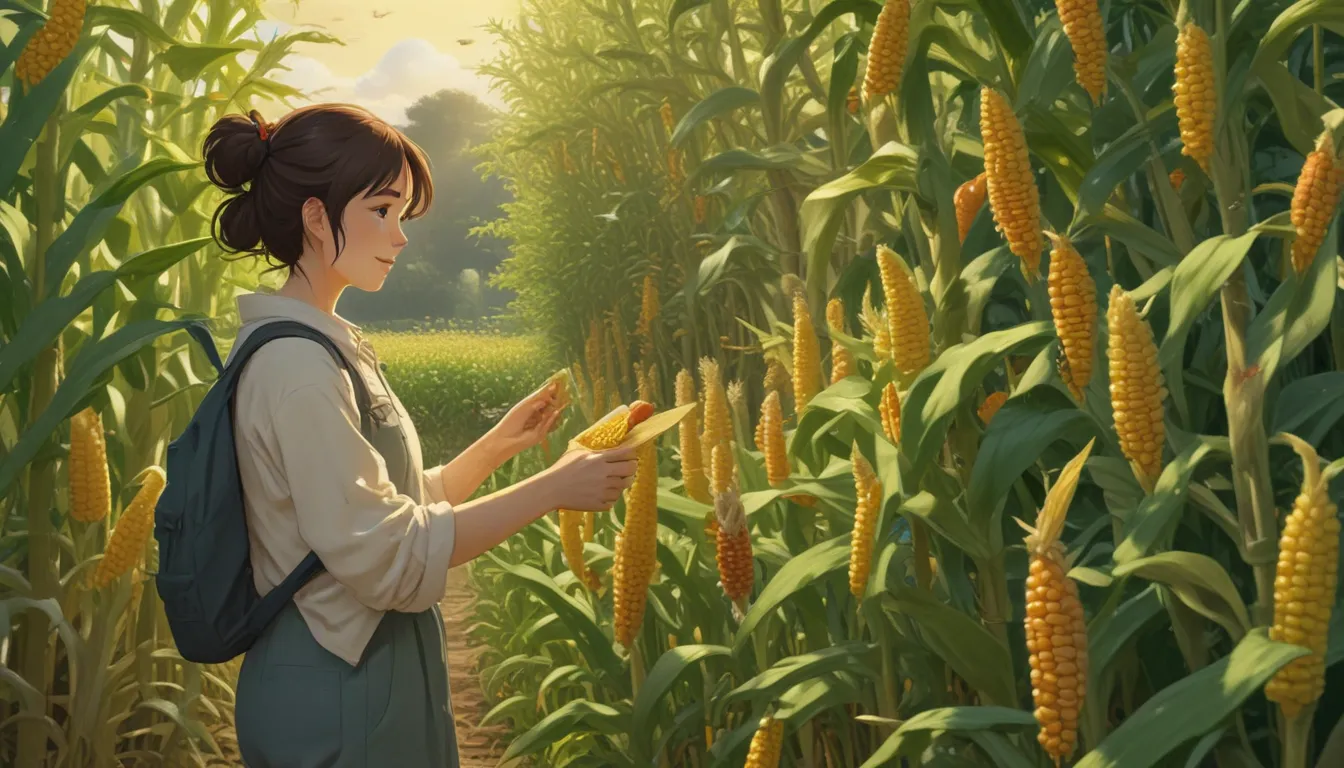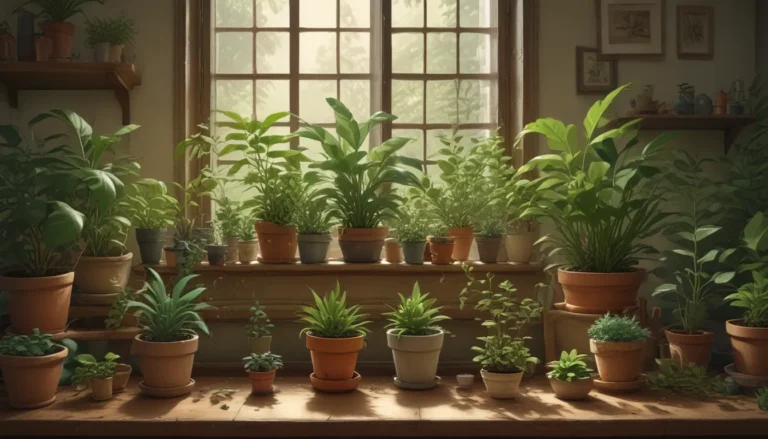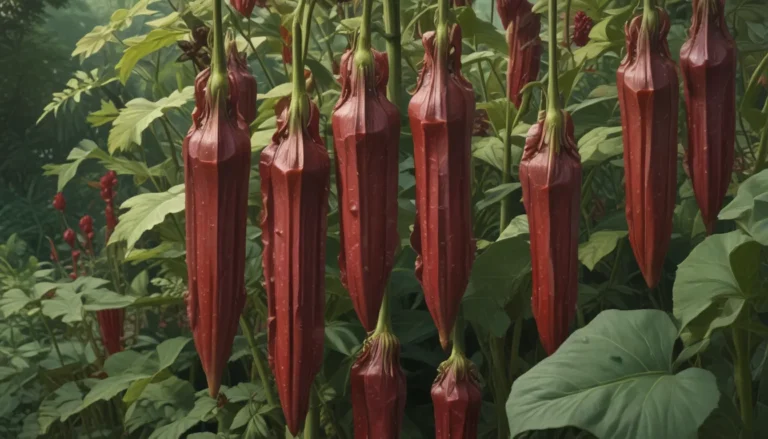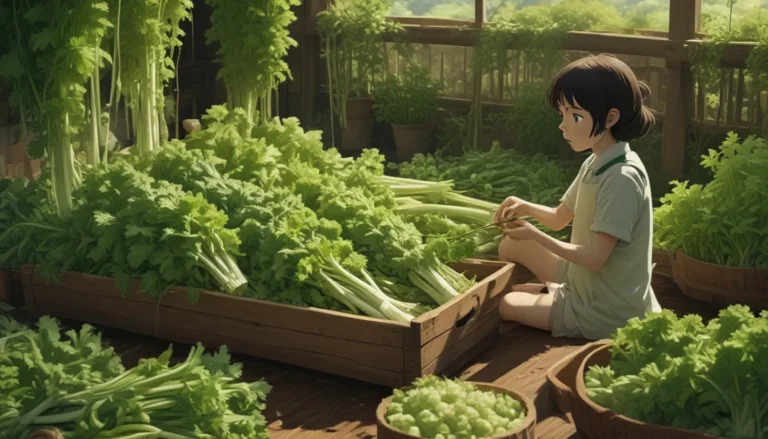How to Hand Pollinate Corn for a Bountiful Harvest

Are you ready to embark on the journey of growing your own corn? From the satisfaction of harvesting your own ears to the joy of enjoying them fresh, there’s nothing quite like growing corn in your garden. However, to ensure a successful harvest, proper pollination is key. Hand pollination is a simple yet effective way to guarantee a bountiful harvest of juicy kernels in your corn.
In this guide, we’ll take you through the process of hand pollinating corn step by step. Whether you have a short growing season or simply want to ensure optimal pollination, this method will help you achieve the best results. Let’s dive into the world of corn pollination and learn how to hand pollinate your crop for a successful harvest.
Understanding Corn Pollination
Before we get into the nitty-gritty of hand pollination, let’s take a moment to understand the basics of corn pollination. When you eat corn on the cob, you may have noticed the silk strands that connect to each kernel. Each strand is essentially the stigma of an ovule, waiting to be pollinated by pollen from the tassels, the male flowers of the plant.
Corn is wind-pollinated, meaning that pollen from the tassels must fall on each silk for successful fertilization. Each silk represents a potential kernel, with each ear starting with around 1,000 ovules, but only a fraction of those developing into kernels.
According to experts, when grains of pollen land on a silk strand, they germinate and create a pollen tube inside the silk, leading to fertilization of the female ovary and the birth of a kernel. Only one pollen grain successfully fertilizes each ovule, ensuring healthy kernel development.
For successful pollination, it’s essential that the timing of tassel emergence and silk development overlap. Corn plants produce an abundance of pollen, and capturing this pollen on the silks is crucial for a bountiful harvest.
Why Hand Pollinate Corn?
In a home garden setting, where the density of corn plants is lower than in a field, natural wind pollination may not be sufficient to ensure optimal pollination. By hand pollinating your corn, you can increase the chances of successful fertilization and kernel development.
Planting maize in blocks rather than rows can enhance pollination efficiency, ensuring that pollen lands on all the silks for successful fertilization. Hand pollination is especially beneficial if you’re growing a small number of plants or if you’re concerned about the efficacy of wind pollination in your garden.
Remember, when planting different varieties of corn, such as sweet corn, dent corn, or popcorn, ensure that they are compatible to prevent cross-pollination issues. By hand pollinating within the same variety, you can avoid undesirable hybrid kernels.
The 3 Steps to Hand Pollinating Maize
Now that you understand the importance of hand pollination, let’s walk through the three simple steps to successfully pollinate your corn crop:
1. Check the Weather
Choose a dry day with temperatures under 90°F for optimal pollen viability. Mid-morning is the best time to hand pollinate, as pollen is most viable during this time. Avoid working in the garden during rain or high humidity, as it can impact the effectiveness of pollination.
2. Cut the Tassels
Using sharp scissors or pruners, cut a tassel with pollen-filled anthers from the plant. Be gentle to prevent pollen loss before pollination.
3. Brush Pollen on the Silks
Brush the tassel on the silk strands or shake them over the silks to transfer the pollen. You should see a fine yellow dust on the silks, indicating successful pollination.
Repeat for Success
Repeat the hand pollination process two to three days later to ensure all the silks have received pollen. Silks at the base of the ear emerge first, with those at the tip emerging last. By reapplying pollen to new silks, you can prevent unfertilized ovules and ensure a full cob of healthy kernels.
Troubleshooting Pollination Issues
To troubleshoot common pollination issues and ensure successful hand pollination, keep your corn plants healthy. Address the following issues to optimize pollination and maximize your harvest:
Drought Conditions
Ensure plants receive adequate water to prevent incomplete silk emergence. Water plants thoroughly at least once a week, checking soil moisture regularly to maintain optimal growing conditions.
High Temperatures
Hand pollinate before temperatures exceed 90°F to maintain pollen viability. Mid-morning is the ideal time to work in your maize patch, as pollen production peaks during this time.
Wet Conditions
Avoid hand pollination during wet conditions, as moisture can prevent pollen release. Wait for plants to dry after rain or dew before hand pollinating to ensure successful fertilization.
By addressing these common issues and following the hand pollination process, you can overcome challenges and achieve a successful corn harvest.
Conclusion
Now that you have a solid understanding of corn pollination and the hand pollination process, you’re ready to step into your maize patch with confidence. By hand pollinating your corn, you can ensure optimal pollination and enjoy a bountiful harvest of homegrown cobs. Share your hand pollination experiences and questions in the comments below – we’d love to hear from you!
For more information on growing corn and maximizing your harvest, check out these helpful guides:
- What Is Corn Seedling Blight?
- When and How to Harvest Corn
- Why Are My Corn Seedlings Dying? 5 Common Reasons
Embark on your corn-growing journey with the knowledge and confidence to hand pollinate your crop for an abundant harvest. Happy growing!





